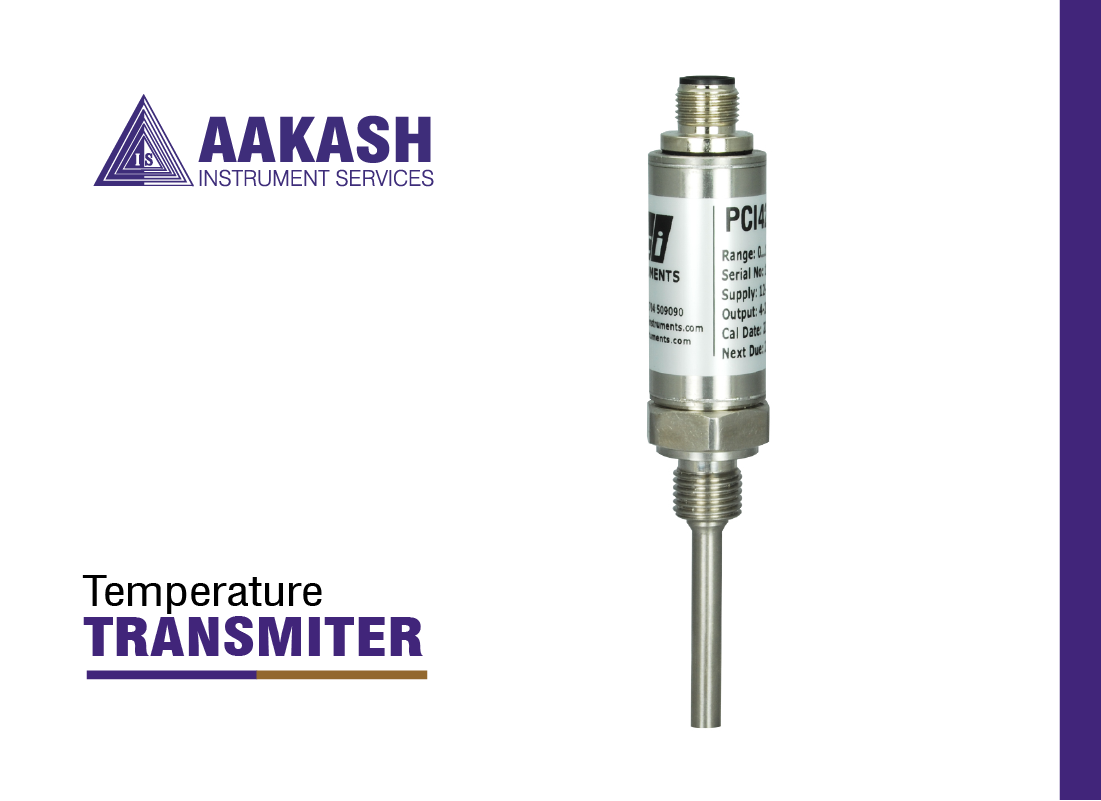We're here to assist you with any questions, concerns, or inquiries you may have.

A temperature transmitter is an electronic device utilized to convert the signal produced by a temperature sensor, like a thermocouple, RTD, or thermistor, into the standard instrumentation signal. This signal reflects the temperature of the process being measured and controlled. The typical output signal in temperature transmitters is 4 to 20 mA or 0-10V DC ranges. For example, 4mA can represent 0°C while 20mA signifies 100°C. The temperature signal obtained by the temperature transmitter is transmitted to the controller, which then instructs the relevant instrument to take the necessary action for the process, such as adjusting the temperature.

1. The incorporation of local indication and control is a notable feature.2. Significantly enhanced noise resistance, particularly for extended distances.3. The capability to isolate, amplify, filter noise, linearize, and convert the input signal from the sensor. 4.The output signal is compatible with numerous standard devices.5. No need for costly extension wire.
1. Measurement Range: This refers to the range of temperatures that the temperature transmitter can accurately measure. It is commonly expressed in Celsius (°C) or Fahrenheit (°F).2. Accuracy: Accuracy denotes the deviation between the output signal of the temperature transmitter and the actual temperature. It is often expressed as a percentage or in temperature units.3. Resolution: Resolution signifies the smallest temperature change that the temperature transmitter can detect and output.4. Response Time: Response time indicates the duration it takes for the temperature transmitter to respond to a temperature change and generate an output signal. It is typically measured in seconds.
There exist various types of temperature transmitters and mounting set-ups. Temperature transmitters can be categorized into three main groups: weather-proof and explosion-proof transmitters, DIN rail or panel mount transmitters, and head mount transmitters. On the other hand, mounting set-ups can be classified into three general categories: rail mounting, field mounting, and head mounting. It is worth noting that certain transmitters are named after their mounting method, resulting in some overlap between the type and mounting method.